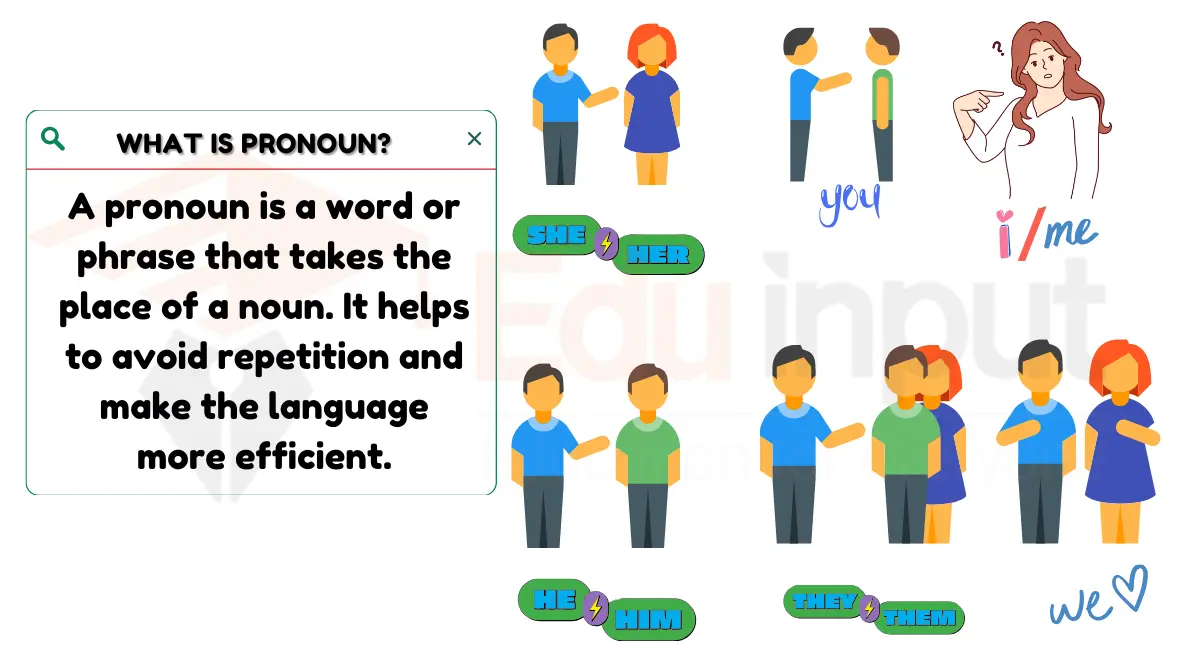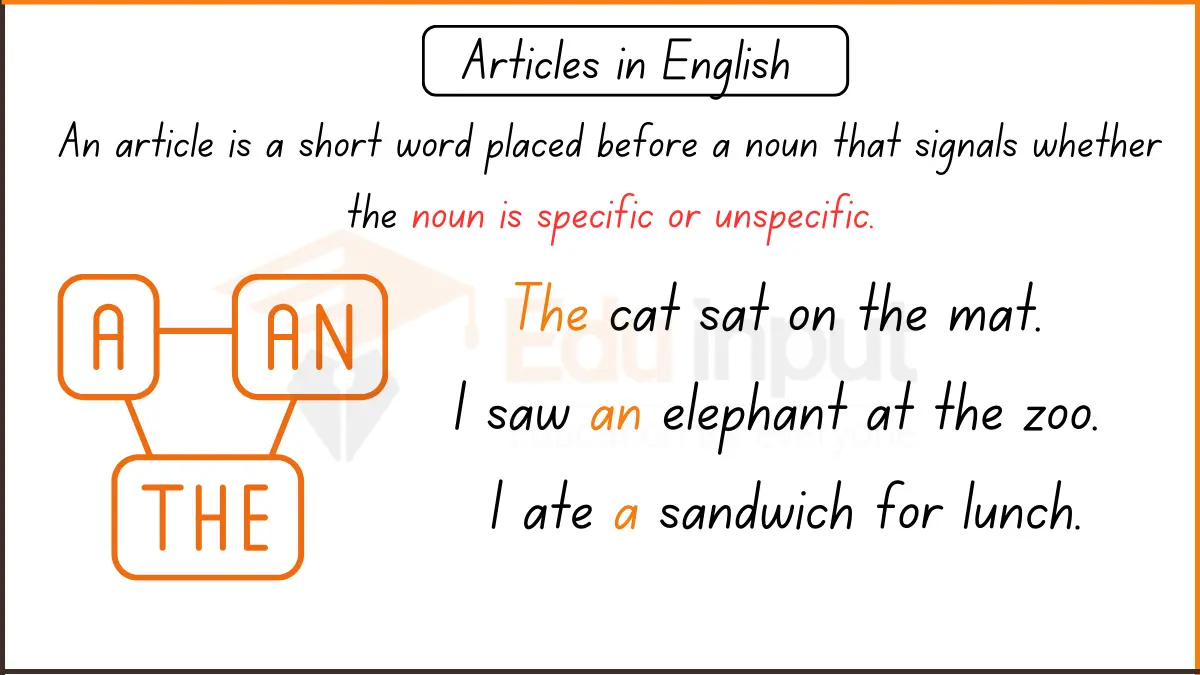Differences Between Types of Speeches and Speech Styles
The main difference between types of speeches and speech styles is the difference in purpose and delivery. Types of speeches focus on what the speaker wants to achieve (e.g., to inform, persuade, or entertain), while speech styles focus on how the speaker delivers the message (e.g., formal, casual, or intimate).

Distinguishes Types Of Speeches And Speech Style
| Aspect | Types of Speeches | Speech Styles |
| Definition | The manner of speech delivery is based on formality and context. | Depends on the event or occasion (e.g., a wedding, a classroom, business presentation). |
| Focus | The objective of the speech (to inform, persuade, entertain, etc.). | The tone and language used while delivering the speech. |
| Structure | Follows a clear format (introduction, body, conclusion). | Can be more fluid, depending on the setting and relationship. |
| Audience Engagement | Designed to achieve a specific response (learning, action, amusement). | Interaction level depends on formality (casual is interactive, frozen is rigid). |
| Context | Depends on the relationship between the speaker and audience (e.g., friends, professionals, legal settings). | Depends on the event or occasion (e.g., a wedding, a classroom, a business presentation). |
| Flexibility | Can blend different types (e.g., a TED Talk can be both informative and persuasive). | Usually fixed to a certain level of formality (e.g., frozen style for legal settings). |
Differences between Types of Speeches and Speech Styles Module
The key differences between types of speeches and speech styles are explained in each distinction clearly.
1. Purpose vs. Delivery
The type of speech is determined by its purpose—whether it aims to inform, persuade, entertain, or commemorate an event. Each type has a distinct goal and structure. For example, an informative speech provides knowledge, while a persuasive speech tries to change opinions or encourage action.
On the other hand, speech style focuses on delivery—the level of formality and the relationship between the speaker and the audience. A formal speech style is used in professional settings, while a casual style is more relaxed, often seen in friendly conversations.
2. Structure vs. Tone
Different types of speeches follow specific structures. An informative speech may have an introduction, body, and conclusion, structured logically to present facts. A demonstrative speech includes step-by-step instructions to show how something is done.
Speech styles, however, focus on tone and word choice. A consultative style, often used in professional discussions, balances formality and interaction, while an intimate style involves personal language used among close friends and family.
3. Audience Engagement
In types of speeches, audience engagement depends on the speech’s objective. A persuasive speech requires strong emotional or logical appeals to convince the audience, while an entertaining speech aims to keep listeners engaged through humor or storytelling.
With speech styles, engagement is influenced by formality. A frozen style, used in legal or religious contexts, does not allow for direct interaction, while a casual style encourages open conversations and spontaneous responses.
4. Context and Setting
The type of speech depends on the occasion. A ceremonial speech is used for weddings or graduations, while an informative speech is common in academic or business settings.
In contrast, speech styles depend on social relationships. A formal style is appropriate in workplaces, while an intimate style is reserved for personal interactions.
5. Flexibility vs. Fixed Approach
Types of speeches are more flexible—a speech can shift from informative to persuasive, depending on the speaker’s intent. A TED Talk, for example, can both educate and inspire action.
Speech styles, however, tend to follow a fixed approach based on the setting. A speech at a courtroom will always follow a frozen style, maintaining strict legal language.







Leave a Reply